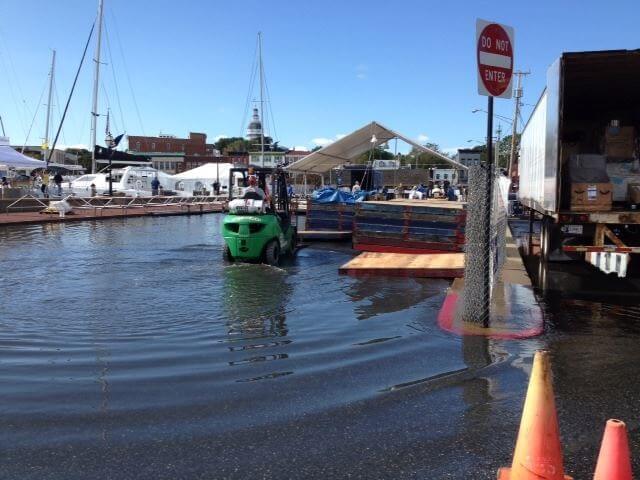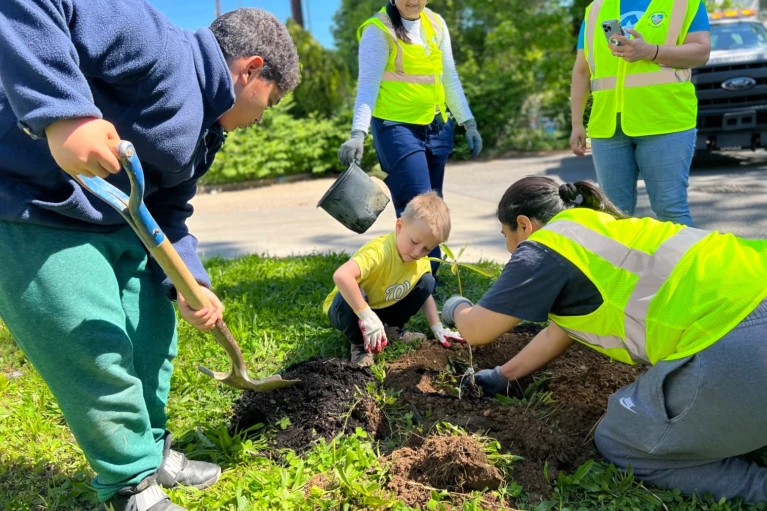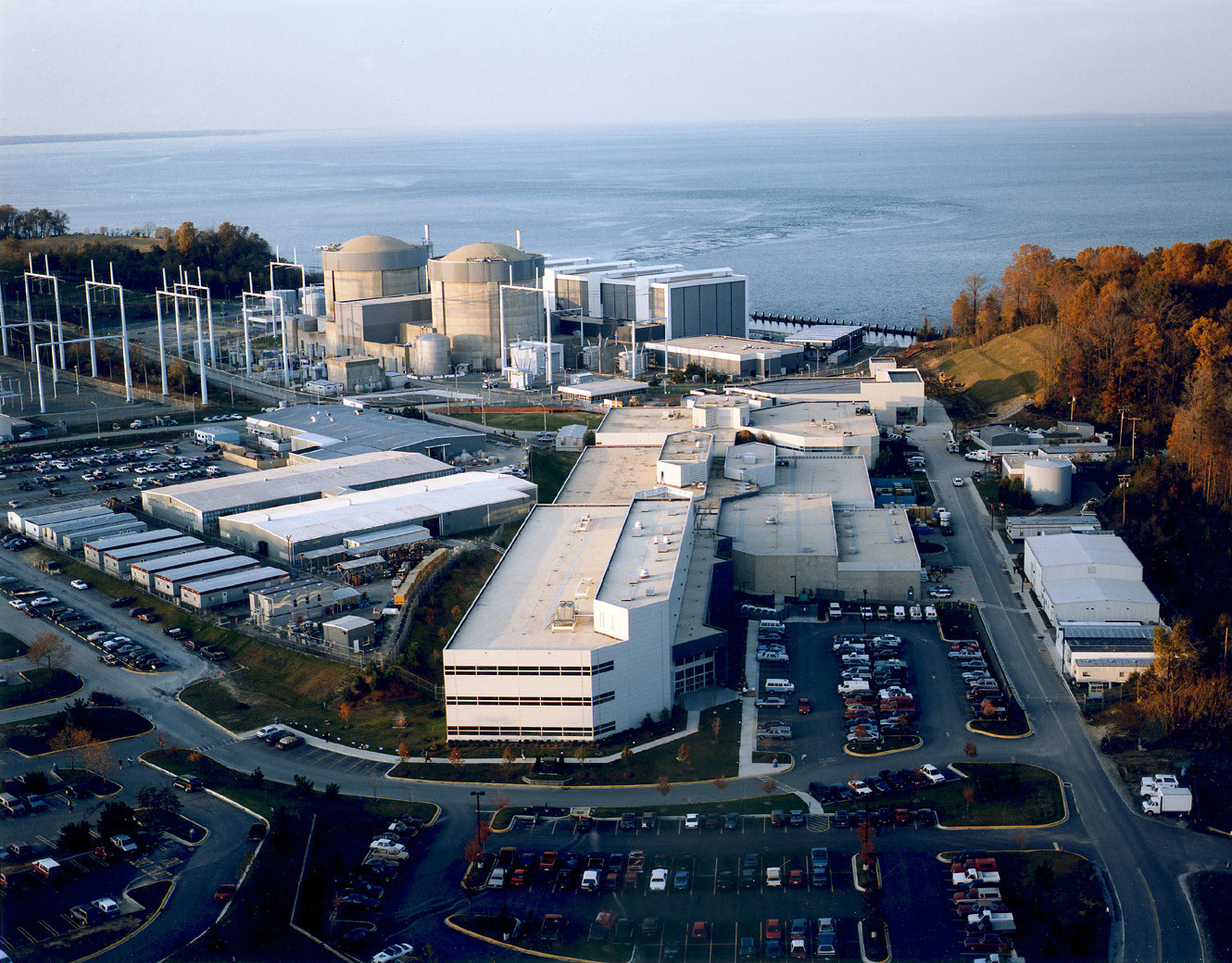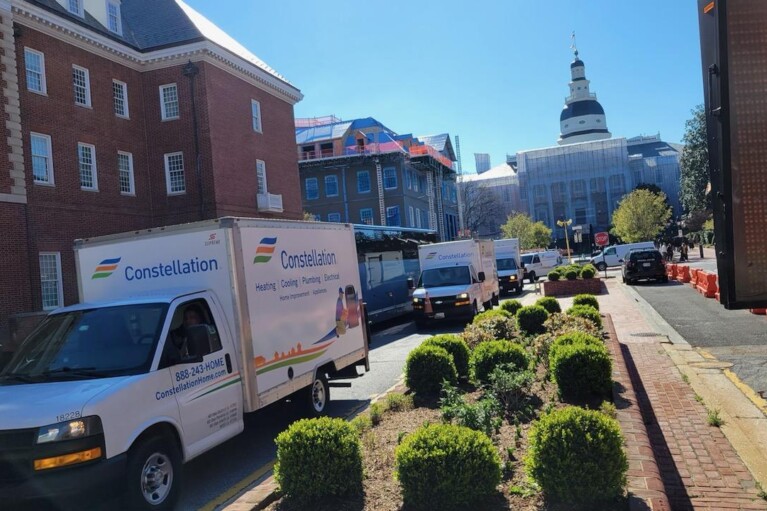Report: Coastal Flooding in Md. Will Get Worse — Even on Sunny Days

As if two days of torrential rains this week weren’t reminder enough, a new report from the National Oceanic and Atmospheric Administration (NOAA) suggests that coastal flooding in Maryland – and across the country – is going to get worse, this year and beyond. And in many cases, it won’t even take severe storms to produce record floods.
“U.S. coastal communities are faced with mounting challenges as sea levels rise,” said Nicole LeBoeuf, acting director of NOAA’s National Ocean Service.
Last year, three harbor areas in Maryland monitored by NOAA experienced a record number of days of high-tide flooding – a phenomenon not linked to storms, but to sea-level rise and normal weather patterns. Annapolis, Baltimore and Tolchester Beach in Kent County each saw 12 days of high-tide flooding. Washington, D.C., saw 22 days of high-tide flooding during that period. They were among the dozen locations in the U.S. that set flooding records last year.
On average, this so-called sunny day flooding in 2018 occurred five times in coastal U.S. communities where there is NOAA monitoring, tying a record set in 2015 – and doubling the level of flooding seen in 2000. The East Coast averaged twice as much flooding as the overall nation last year.
Nationwide, the agency predicted, average sunny day flooding could reach seven to 15 days a year by 2030, and 25 to 75 days a year by 2050.
It could get much worse in Maryland.
“Coastal flood risk causing minor-to-major impacts is changing because of ongoing relative sea level rise,” the NOAA report says. “Flooding that decades ago usually happened only during a powerful or localized storm can now happen when a steady breeze or a change in coastal current overlaps with a high tide.”
Even though high-tide flooding can be considered a “nuisance,” the report continues, “the impacts are disruptive and sometimes damaging, and its cumulative effects are becoming a serious issue in many coastal communities.”
These events “are contributing to overwash and beach erosion, overwhelming storm/waste/fresh water systems, disrupting harbor operations, closing roadways, and degrading subsurface infrastructure and property values,” NOAA says. “These impacts are nearly certain to get much worse this century.”
The report cites flooding in downtown Annapolis as a prime example of this phenomenon, noting how it has disrupted parking and commerce. It also says that on the Delmarva Peninsula, flooding has “laid waste” farmland.
According to NOAA, Cambridge experienced seven days of high-tide flooding in 2018, tying a record originally set in 2012. The agency projects Cambridge could see four to seven days of high-tide flooding this year; nine to 20 days in 2030, and 40 to 150 days in 2050.
Tolchester Beach is projected to have four to nine days of sunny day flooding this year, 15 to 25 days in 2030 and 50 to 160 days in 2050.
Baltimore is projected to have six to nine days of sunny day flooding this year, 15 to 25 days in 2030 and 50 to 155 days in 2050.
Annapolis is projected to have six to 10 days of high-tide flooding this year, 15 to 25 days in 2030 and 55 to 170 days in 2050.
Solomons Island saw eight days of high-tide flooding last year, one short of the record of nine days set in 2015. The town is projected to seven to nine days of such flooding this year, 10 to 20 days in 2030, and 45 to 165 days in 2050.
“Once communities realize they are susceptible to high tide flooding, they need to begin to address the impacts, which can become chronic rather quickly,” said William Sweet, an oceanographer for NOAA’s Center for Operational Oceanographic Products and Services and lead author of the report. “Communities find themselves not knowing what to expect next year and the decades to come, which makes planning difficult. Our high tide projections can play a vital role in helping them plan mitigation and other remedies.”




 Creative Commons Attribution
Creative Commons Attribution